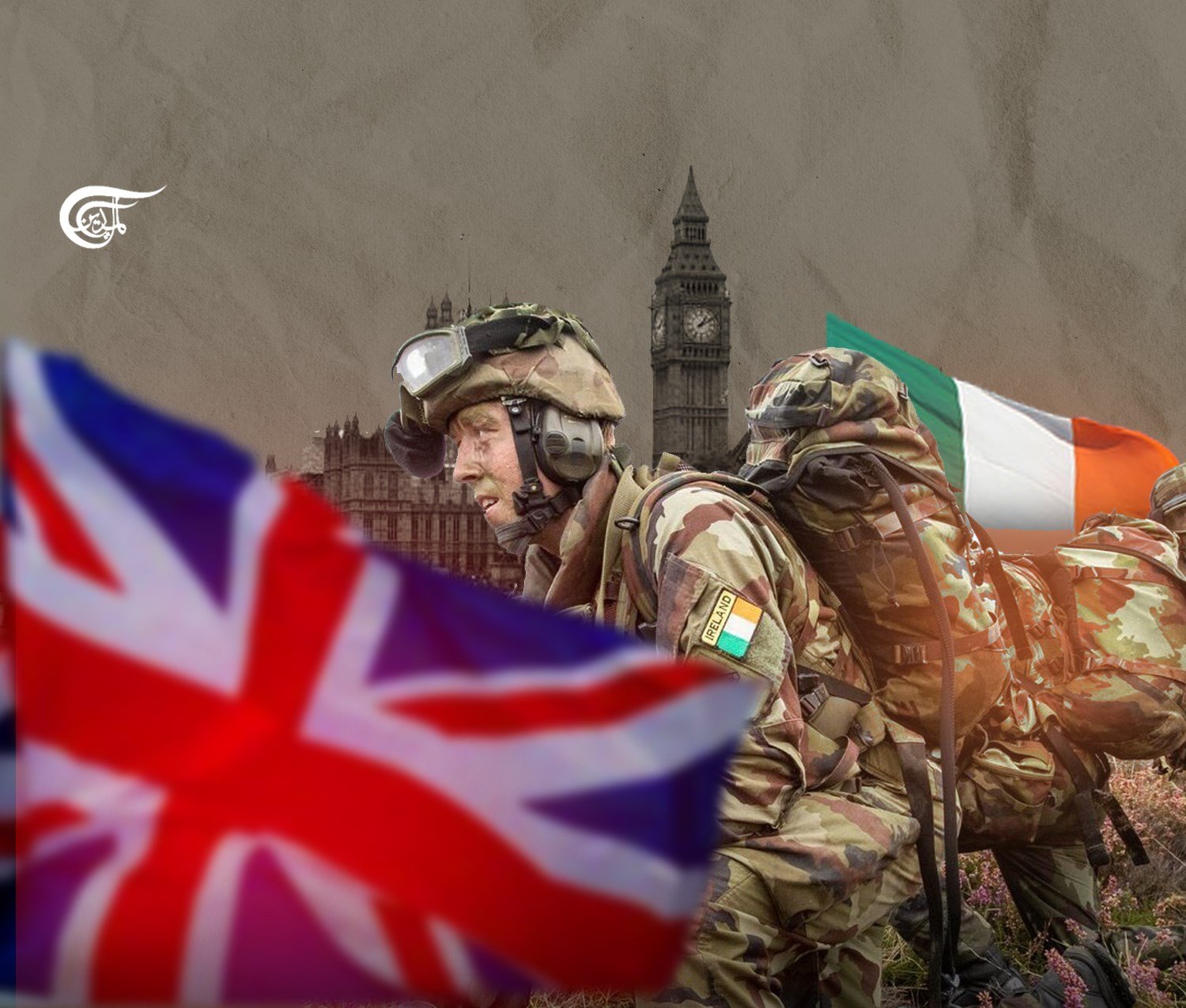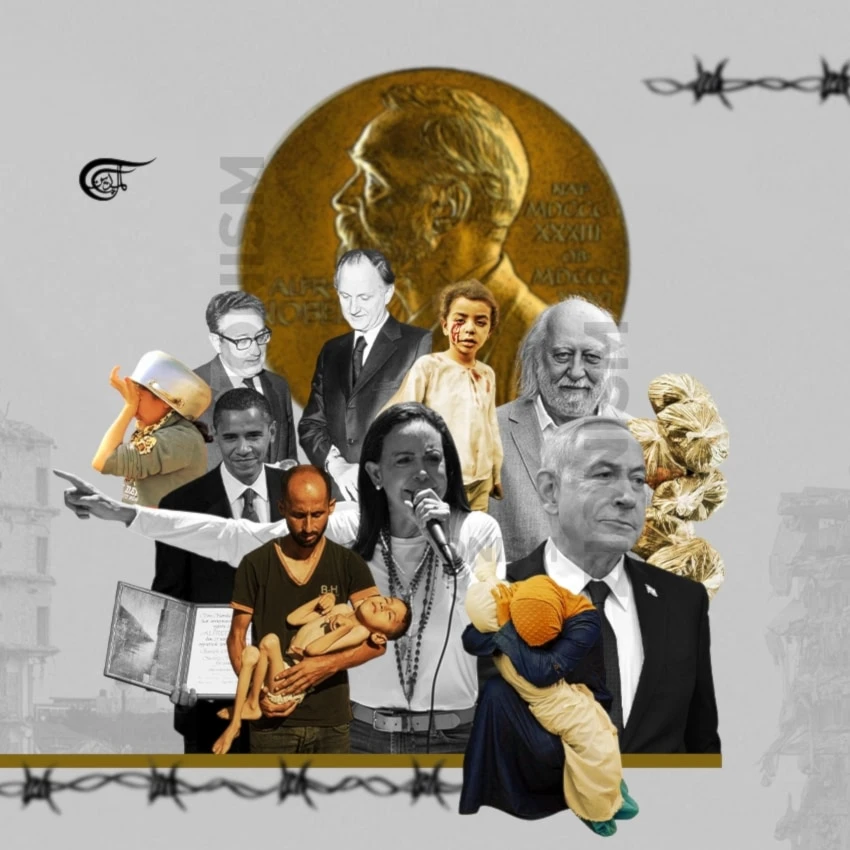History repeats itself – death squads re-emerge in occupied Ireland
There is a sense of irony in the fact that two years on from Britain’s departure from the European Union, the most potent threat of violence from Brexit so far has in fact emanated from pro-British Loyalists.
-

History repeats itself – death squads re-emerge in occupied Ireland
From the announcement that Britain had voted to leave the European Union in June 2016, up until London finally departed the bloc in January 2020, the main criticism put forward by the mainstream media over Brexit was that it would result in violence erupting in the occupied north of Ireland, with border infrastructure being placed between the southern EU-member Irish state and the British-ruled north-east inevitably becoming a target for a resurgent Irish Republican movement.
Despite the 1998 Belfast Agreement being lauded worldwide as a ‘peace deal’ that ended 30 years of conflict, the Good Friday Agreement was effectively a surrender agreement between the British government and Provisional IRA, the culmination of years of infiltration at the highest level of the once revolutionary movement by British agents.
In the 24 years since the signing of the GFA, however, many Republicans have sought to continue the IRA’s original goal of establishing the 32-County Independent Republic, with more than 40 Irish Republican prisoners currently languishing in British and Free State prisons, and sporadic attacks still taking place against British occupation forces, though not at the level of intensity that had occurred in the 70s and 80s.
This is where the prospect of a ‘hard border’ came into play in the mainstream media’s coverage of Brexit, with customs posts between both jurisdictions in Ireland manned by the 5,000 British troops that still remain in the occupied six counties inevitably becoming a target for physical force by Irish Republicans.
Therefore, there is a sense of irony in the fact that two years on from Britain’s departure from the European Union, the most potent threat of violence from Brexit so far has in fact emanated from pro-British Loyalists, the descendants of English and Scottish colonizers planted in the north Irish province of Ulster in the 17th century.
Downing Street’s Irish Protocol, which effectively keeps the occupied six counties in the EU Customs Union via checks being carried out on goods coming into the region from Britain by sea, has been viewed by Loyalists as undermining the British occupation that they wish to remain under and also as being a stepping stone toward Irish reunification.
Following the end of the withdrawal agreement last year and Britain’s official departure from the EU single market, Loyalists would react to this newly-implemented Protocol by rioting across the region, attacking the pro-British colonial police force that they have traditionally supported and bringing global attention to the occupied north of Ireland not seen in decades.
Indeed, tensions would rear their head again in March of this year when Foreign Minister of the southern 26-County Irish State, Simon Coveney, seen as an instrumental figure in the implementation of the Protocol by Loyalists, had to be evacuated from an official event in Belfast following a bomb warning from Loyalist terrorist group, the Ulster Volunteer Force (UVF).
Though low intensity at present, the current Loyalist campaign bears a grim similarity to the one that began in the mid-60s in response to the call for equal rights for Irish Nationalists living in the occupied six counties, a campaign of petrol bombing Nationalist-owned properties that would eventually escalate into 30 years of ethnic cleansing and atrocities carried out in collusion with British Military Intelligence.
With peaceful civil rights campaigners being batoned and teargassed by a pro-British police force every time they took to the streets of occupied Ireland, support for militant Republicanism was quickly growing.
In order to counter the threat from the emerging Provisional IRA, the Military Reaction Force (MRF) a clandestine British Special Forces unit, was deployed to occupied Ireland with the intention of triggering a civil war between Irish Republicans and Loyalists, thus taking the IRA’s focus away from the British troops that had been deployed to the region in 1969 in order to enforce Downing Street’s rule.
To this end, the MRF would employ the modus operandi of drive-by shootings of unarmed Nationalist civilians in the hope that the IRA would place the blame on Loyalists.
The unit would work directly with Loyalists in December 1971 however, when they allowed a UVF team clear passage to bomb McGurk’s Bar in the staunchly Republican New Lodge area of Belfast – leaving 15 civilians dead and marking the beginning of formal relations between British military intelligence and Loyalist death squads.
Indeed, this relationship would rear its ugly head less than three years later when the UVF - under the direction of the MRF’s successor, the Special Reconnaissance Unit (SRU) - would detonate three no-warning car bombs in Dublin and one in the border county of Monaghan, resulting in 34 deaths in what was the largest loss of life in a single day in the 30-year period of conflict.
The bombing of the 26-County State’s capital was seen as a warning to Dublin to not dissent from its traditionally pro-British stance, weakened at the time by atrocities carried out by British troops in the occupied north.
Though no further attacks on the same scale as Dublin and Monaghan would ultimately be carried out in the 26 Counties as a result, Britain’s policy of operating with death squads in the north of Ireland would continue unabated, which, as the 1980s dawned, would also grow to accommodate the Ulster Defence Association (UDA).
Although not yet responsible for the same high-profile attacks as its counterpart, the UDA dwarfed the UVF in terms of membership, which reached 40,000 at its peak.
Taking this into account, as well as the fact the UDA was engaged in the same bloody ethnic cleansing campaign as the UVF, it was not long before London saw the group’s potential as a proxy, thus the Force Research Unit (FRU) was born.
A covert unit in the same vein as the MRF and SRU, the FRU’s purpose was to turn the UDA into a more ‘professional’ force, one that would target IRA members rather than engage solely in the traditional Loyalist tactic of killing unarmed Nationalist civilians.
To implement this strategy, they would recruit Brian Nelson, a senior UDA member, to travel to South Africa in 1985 in order to source arms from the then-Apartheid state’s official defense contractor Armscor, a deal that would lead to a deadly escalation of the group’s genocidal campaign against the Nationalist population and would ultimately result in the execution of human rights lawyer, Pat Finucane.
Finucane, from Belfast, would become a thorn in the side of the British establishment throughout the 80s by defending several high-profile Republicans, including hunger striker Bobby Sands.
Placed firmly in London’s crosshairs, the final straw would come in November 1988 when he successfully had charges dropped against an IRA volunteer in relation to the deaths of two British soldiers.
Three months later, a UDA unit smashed down Finucane’s front door as he had Sunday dinner with his family and shot him 14 times. His execution was effectively sanctioned by Downing Street three weeks prior, when Thatcher Cabinet member Douglas Hogg stated in the House of Commons that there were solicitors ‘unduly sympathetic to the cause of the IRA’.
Both the UDA and UVF would continue this campaign of violence against the Nationalist community for a further five years, the official end coming in October 1994 when both organizations declared they would ‘cease all operational hostilities in response to the earlier Provisional IRA ceasefire in August of that year.
Though both groups continue to exist. In the years following the ceasefire, they mainly turned their guns on each other in bouts of internecine feuding.
If recent mainstream media reports are to be believed that the UVF is preparing to re-arm in the event of the Protocol remaining unchanged, the current Loyalist campaign may soon escalate to a level not seen in decades – with British military intelligence undoubtedly playing a part once again.

 Gavin O'Reilly
Gavin O'Reilly
 8 Min Read
8 Min Read











